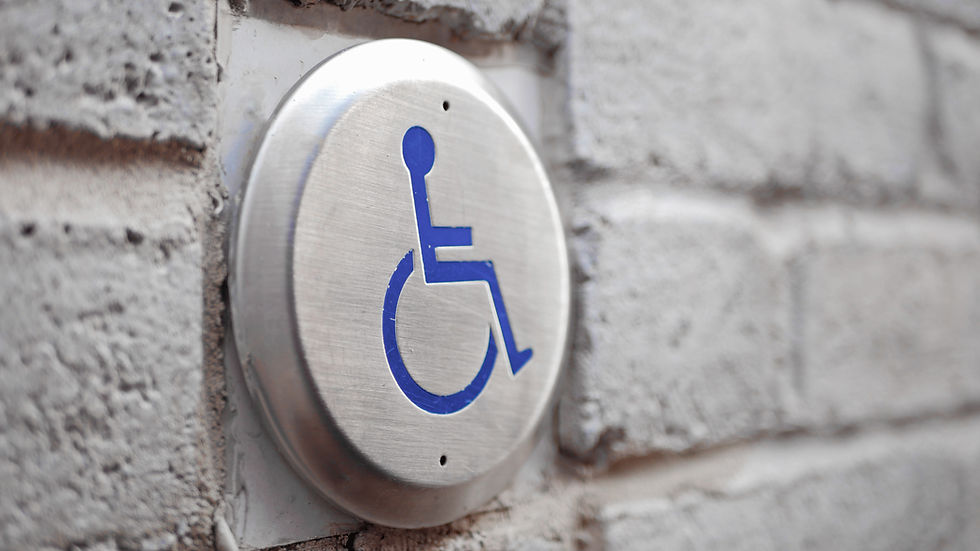The Power of the Loan Closet: A Hidden Gem for Caregivers
- Marguerite wolf

- May 25
- 3 min read
Let’s talk about durable medical equipment—those items like shower chairs, grab bars, walkers, and commodes. In the caregiving world, we rely on them to keep our loved ones safe and independent. But here’s the thing: the word durable doesn’t always mean what you think it means anymore.
The market has exploded. You can Google “shower chair” and get hundreds of options, but not all equipment is created equal. Some of it is poorly made, hard to return, and often a waste of money. Especially items used in the bathroom—many places won’t take them back, even if they don’t fit or weren’t used.
I’ve seen this firsthand. Families spend their hard-earned money on equipment that doesn’t work for their space or isn’t safe for their loved one. And that’s where loan closets come in.
What Is a Loan Closet?
A loan closet is a community-based service that offers gently used medical equipment to borrow—often for free or a small donation. Most of the items are donated by families just like yours. Maybe they bought a shower bench that didn’t fit, or their loved one no longer needed a walker. Rather than toss it, they donated it.
These closets are hidden treasures in our communities.
Why Visit a Loan Closet First?
Try before you buy. You can compare different brands, feel the sturdiness of materials, and make sure it fits in your space.
Test it in real life. Will it work for your loved one? Is it easy to maneuver? Will it be used every day or only temporarily?
Avoid landfill waste. I once saw a wheelchair, walker, and tub bench on the curb in a wealthy neighborhood—barely used, destined for the trash truck. That’s not just wasteful—it’s heartbreaking.
Discover items you didn’t know you needed. Maybe you go in for a commode and spot a transfer board or a rollator that’s just right.
Save money. Every dollar you don’t spend on equipment is a dollar you can spend on respite. Use that savings to give yourself a break—you deserve it.
New products. Families donate more than large items- there are often piles of chucks, briefs, pull ups, draw sheets and sometimes Ensure. Every saved dollar can go towards the respite fund.
Big-Ticket Items? Ask Anyway.
Some loan closets also carry hospital beds, power chairs, or mechanical lifts. They’re not always in stock, but many places keep a waiting list. Put your name down. Let them know what you’re looking for. Sometimes the right item shows up at the right time.
Look for the Community Bulletin Board
This might be my favorite part. Loan closets often have a bulletin board where caregivers post notices—help wanted, respite referrals, community events. If your local closet doesn’t have one, ask if you can help start one! It could become a hub for local caregivers to meet, share, and support each other. Who knows? Your neighbor might be caregiving, too—and you just haven’t met yet.
Final Thoughts
Loan closets are more than just storage spaces. They’re lifelines. They’re community-driven, volunteer-supported, and rooted in care. Before you click “buy” on that fancy shower chair, check out your local loan closet. You might find exactly what you need—and a little community along the way.
Go, Loan Closet!
Caregiving is hard—and beautiful—and messy. You don’t have to navigate it alone.
for weekly encouragement, practical tools, and real stories from the caregiving frontlines. Click here to get started and receive a free caregiver resource to lighten your load.








Comments